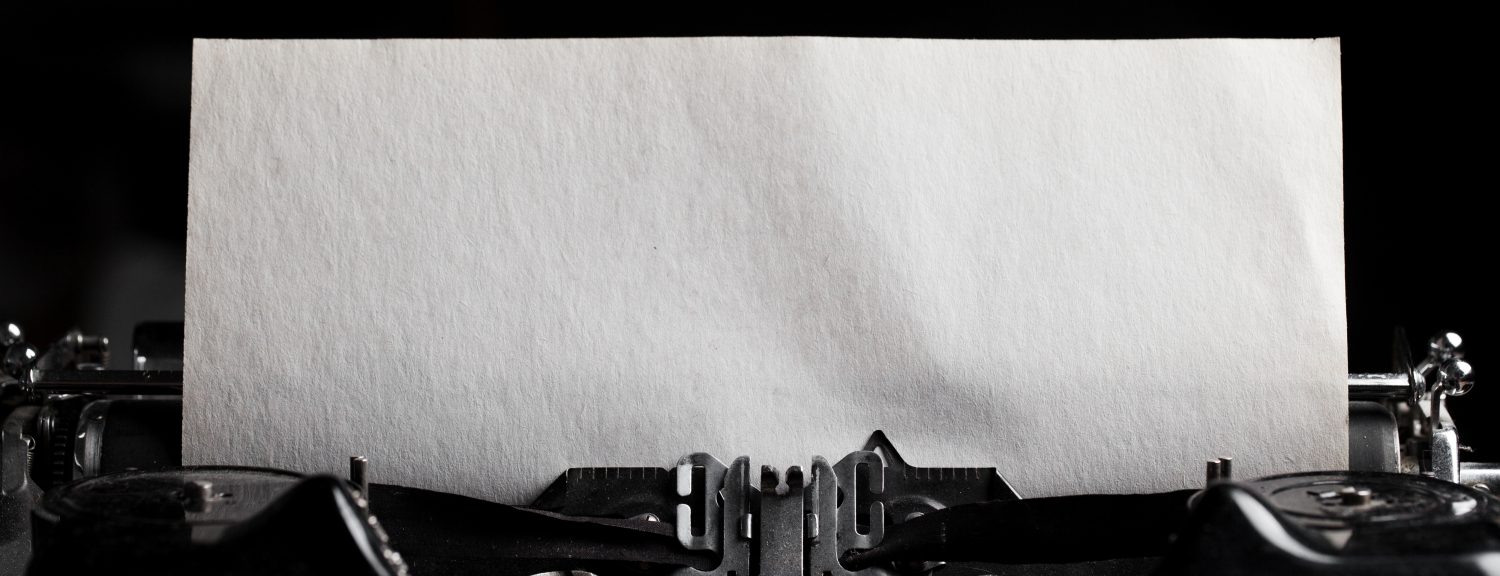CSM: Chapter 7.
7. Trading: Part 1.
About a week after the grand final, the SANFL (South Australian National Football League) had their grand final: Port Adelaide versus Norwood.
Port Adelaide were the SANFL’s version of Collingwood, only successful. They regularly got to grand finals and regularly won them, whether they were the favourites or the underdogs. Nobody else came close to them for flags in the SANFL.
I often wondered what that would be like. If Collingwood were even below average – had converted only forty per cent of their grand final appearances – they’d still be miles ahead of any of their rivals. Not so.
Port, like Collingwood, wore black and white, had white stripes on the front of their jumper (although theirs were thin and a bar curtained them at about chest height – I’ve heard them referred to as a ‘prison bar’ design) and were also known as the Magpies. They kickstarted my affiliation with any other sporting club who had the same colours, jumper design, and/or moniker as Collingwood.
I watched the 1980 SANFL grand final on TV with my brother John, who pointed out that we (Collingwood) would be recruiting Port Adelaide’s Mark William next year. I was immediately impressed by Williams, who was unfashionable but ferocious at the ball. I predicted, with my ten-year-old-wisdom, that he’d be a gun.
Another player Collingwood would be recruiting from that game was Norwood captain Michael Taylor. I knew nothing about Taylor, but he seemed solid and dependable. That wasn’t going on form, because being ten what did I really understand about form anyways? But players give you different impressions. Taylor came across like a rock, somebody we could always rely on. (Repoman also recently pointed out he kicked this enormous torpedo punt in that grand final, not that I remember it: click here. It’s an amazing kick.)
Port won a close grand final (naturally) and I looked forward to the new VFL season the following year, replete with new players. An injection of new talent is always galvanising (at least on your own perceptions), and this was my introduction to the world of trading and recruiting, which is a big part of any team-oriented sport. Prior to the draft and before rebuilding (via youth) became a necessity, trading and recruiting was one of the – if not the – best ways to improve your team. One of the things which saw Carlton dominate during that period was their mastery in pilfering other clubs, and raiding interstate leagues. Rarely (well, to the extent of my knowledge) did they pick up ordinary players, or misfires.
Collingwood were a miserly club. They had no problem with recyclables – okay players who were usually discarded by their original clubs, or deemed expendable. In 1980, Collingwood had a whole lot: Allen Edwards, Ray Byrne, Kevin Morris, Ian Lowe, David Young, and Craig Davis – just to name a few, (although Davis did become very useful for Collingwood; Edwards had been a gun at Richmond, but by the time he got to Collingwood, had been levelled with knee problems).
Another one to join this group in 1981 was Graeme Allan, formerly from Fitzroy. Allan was a solid half-back flanker – a reliable player, and he gave great service to Collingwood, but he was hardly a star. These were the types we seemed to admire: workmanlike. Battlers. There’s a description which became synonymous with Collingwood. Maybe because that’s what Collingwood represented in their genesis – the working class. So we wanted to battle away, whilst a club like Carlton was (rightfully) looking for the edge.
Collingwood just didn’t have the necessary largesse and shrewdness about their recruiting, operating instead (or as it appeared to me) like they expected players to fall over themselves wanting to play for Collingwood, and if they didn’t then we didn’t want them. They did manage some guns (e.g. Phil Carman, although he came from an interstate club, instead of an opposition VFL side), but others were overlooked.
Take Footscray champion Bernie Quinlan. He was a possibility to come to Collingwood (in the late 70s). I don’t know the exact financials, but apparently Collingwood refused to splurge. (This would be like Hawthorn’s Jarryd Roughhead being interested in Collingwood, but Collingwood refusing to fork out for him.) Quinlan went to Fitzroy. Imagine Quinlan playing alongside Carman; or just playing for Collingwood in the Hafey years when the forward line was short on talls and the side, overall, short of legitimate champions.
Like so many things at Collingwood, it was not to be.
When they did target anybody of note – as they would in 1981 – it was somebody either getting on or with a track record of injuries. In 1981, it was Warwick Irwin – a champion midfielder for Fitzroy, Collingwood moved heaven and earth to get him down to the club, trading Leigh Carlson and Des Herbert in the process. Irwin had an injury-riddled two years at Collingwood, looking a shadow of the player he was, finishing with just sixteen games. Ultimately, he went back to Fitzroy in 1983 (and, several years later at a Fitzroy function, allegedly apologised to fans for leaving the club, saying it was a mistake – so we got a player whose heart wasn’t even in our club).
In any case, new things are exciting – new players equally so. I loved seeing new names pop up, new bodies in old numbers (or numbers which hadn’t been seen for a while), especially when I was so innocent and naïve about the capabilities of those players. Now I might look at their kicking technique, their speed, their relish of the physical contest, the way they read the game, and just their general play overall, and make a determination about their prospects.
When you’re a kid, though, there’s none of that. They’re all potential champions.
